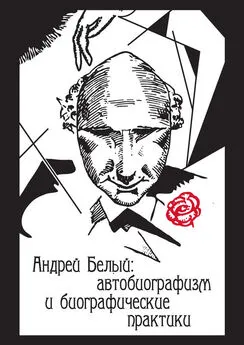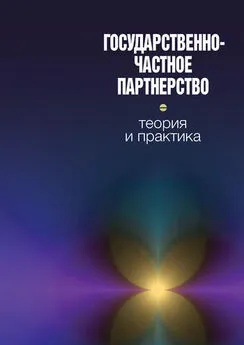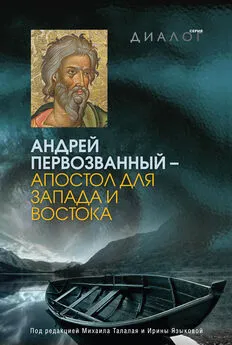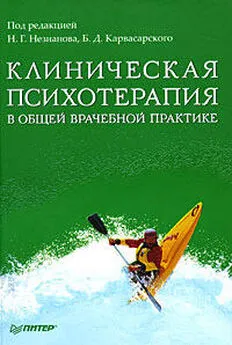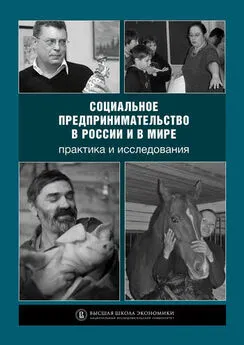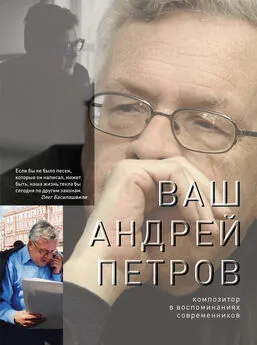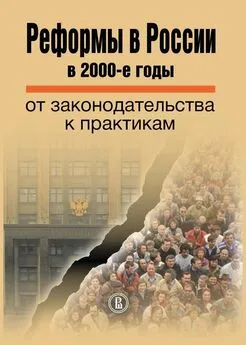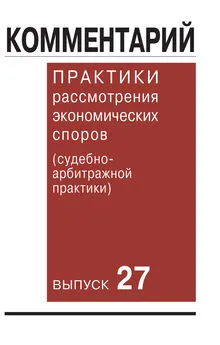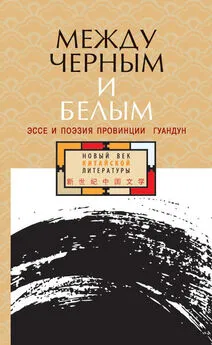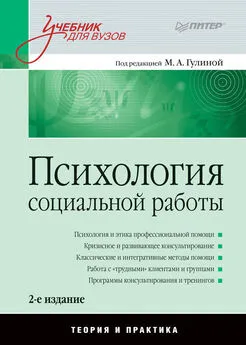Коллектив авторов - Андрей Белый: автобиографизм и биографические практики
- Название:Андрей Белый: автобиографизм и биографические практики
- Автор:
- Жанр:
- Издательство:ЛитагентНестор-История7684fd89-41fc-11e6-9c02-0cc47a5203ba
- Год:2015
- Город:Санкт-Петербург
- ISBN:978-5-4469-0663-5
- Рейтинг:
- Избранное:Добавить в избранное
-
Отзывы:
-
Ваша оценка:
Коллектив авторов - Андрей Белый: автобиографизм и биографические практики краткое содержание
В книге собраны статьи, посвященные жизни и творчеству прозаика, поэта, философа и антропософа-мистика Андрея Белого (1880–1934). В них выявляются сложные, разветвленные, прямые и опосредованные связи между фактами биографии писателя, его духовными переживаниями и художественным планом его произведений. Особое внимание уделяется особенностям эзотерического пути Андрея Белого. Авторы сборника доказывают, что изучение автобиографизма и биографических практик – ключ к пониманию феномена Андрея Белого. Книга – результат совместной работы Института славистики Падуанского университета и «Мемориальной квартиры Андрея Белого» (отдела Государственного музея А. С. Пушкина).
Андрей Белый: автобиографизм и биографические практики - читать онлайн бесплатно ознакомительный отрывок
Интервал:
Закладка:
As with Apollon Apollonovič, Nikolaj Letaev (the father of Kotik) is described by the son in the form of a spider monster with a large shapeless head and a huge forehead which changes shape like a spider (BC 15). He sees him either as a man with a Schythian profile and Tatar eyes, or as a ridiculous «čudak». His huge spider forehead fails, Belyj says, to bear abstract thoughts. His office is dusty and cobwebbed (BC passim), above his head the bats fly like they were in a monstrous cavern. For the child, the father is a terrible beast with stubble, beyond which the ferocious mouth greedily swallows the words (BC 15). The description that the author, through the eyes of the child (who is both witness and narrator), provides of the father is made up by a whole collection of images related to different animals. The man has the nose of a goose (BC 20) or resembles a frog (BC 222), has eyes like mice (BC 109, 198), hands like paws and jumps like a frog (BC 20). He looks like an ox (BC 19), a dog – i.e. his own dog Tomočka (BC 8, 59, 147, 148), who is at times bloodthirsty, at times meek, or he is a stupid rhinoceros, a bull (BC 19) or a walrus (BC 227). His words are like the snakes that he shows to the child in the books (BC 14). The father is repeatedly associated with the flies, which he catches with his hands, wriggling in a ridiculous way in the eyes of his son (BC 21, 96). Even his poses and attitudes are constantly compared to that of an animal; for example, his handkerchief waving behind him looks like a tail (BC 20), his head between his shoulders resembles that of a bull (BC 20) and he is compared to the bull also for his stubbornness (BC 27) and sadness (BC 107). Kotik notices that his father licks his own lips like a cat (BC 33) or how, red in his face during a conversation, he is similar a red ox (BC 59) or even to a gadfly while he converses with his wife (BC 95). He sits like a goat (BC 135), roars like a hedgehog (BC 160), has the face of a walrus (BC 227).
Even the epithets used in his description refer to the image of the beast: cruel or feral («zverskij»), which is repeated at least six times in the novel. Some verbs related to animals describe his actions: he yelps (BC 19), he is afraid, smells, touches, crumples, rolls, gallops, drools (BC 160). Kotik says he is «an elephant that smells like a hyena» (BC 80). Finally, in the details of his clothing, he wears a raccoon fur (BC 100) and a bearskin seal (BC 114).
The animal traits make it possible, through the eyes of the child to transform the father into a mythological creature, a satyr, a Cyclops (BC 146), a green dragon (BC 147) with eyes that look like a blue sky behind the clouds (BC 18), with thunder in his beard (BC 18), with, as we already noticed, the Scythian traits (BC 15, 35) and Tatar eyes (BC 15), reminiscent of a Chinese sage who has the wisdom of Confucius (BC 22, 80, 116, 223), the face looks like a mask of a samurai, who draws his saber. The simplest actions the father carries out in his home are for Kotik heroic and amazing acts, thanks to which the father then becomes a Japanese warrior (BC 150–152) or a Scythian knight (BC 154). It seems that he is made of stone, as if abstracted from real life, a kind of «emotional upheaval of the nerves» (BC 21–22).
Yet, despite the beastie representations, Kotik holds special feelings for his father, he talks about his «dear» face (BC 20), the mutual tenderness, sweet kisses despite the prickly beard. Nikolaj Letaev is appeased and begins to shine as he sits silently in great tenderness, with his wide forehead, his glasses with a tuft on the nose, reminiscent of a Chinese sage smelling of mature Antonovka apple (BC 19) and tea. In a raid by Kotik as an adult narrator in the story, it is told that the child was not afraid of his father, despite the description aforementioned. He tenderly took care of him when he was sick, reciting poetry aloud (BC 110). Then his father was a friend, who was then lost. Elsewhere, when Kotik narrates as a child, he contradicts this thesis. Kotik says instead of having had and still fearing his father. For example he tells how he met his father on the street thirty-five years before and he felt the same fear he felt towards the blood thirsty griffins and lions made of stone, as he had already described in «Kotik Letaev» and that, as explained in «The Baptized Chinaman», were in fact dogs (BC 58).
The mother however is represented mainly by sounds, like the rustle of a silk dress, the melody of the piano, light footsteps, the passion for music (the contrary to Kotik’s father, who does not even listen to music at all (BC 16)). The room he associates with her is the dining room, where the silverware clinks and the colors are vibrant (BC 106), a contrast to the dusty and cobwebbed studio of his father. Only when she cries alone because of her husband «she does not make a peep» (BC 106), as the father «took away the sound from her» (BC 107). Kotik also recalls that he spent a lot of time with her in silence (BC 110), and recalls the time spent with her, which «echoes in the ears» (BC 79).
She too, finally, is associated with a range of animals. She is, the child imagines, «like a colorful hummingbird» (BC 80), but can also become a lioness (BC 214, 225) or a tiger in an attempt to save the child from the clutches of his father. For this reason her son nicknames her «a real zoo» («nastojaščim zooparkom», BC 80). Watching in an «animal-like look» («životnoe», BC 109) both her husband and son, she shows her fear for the development of the child, which will lead him to be more and more like his father (BC 109), a stranger (BC 106). Kotik catches her «incomprehensible» gaze and understands he is not welcomed, nor accepted or understood by his own mother.
His mother is also associated with a Maltese dog, Al’močka, her alter ego, which makes the rocking chair on which sits whisper «like silk» (BC 82) and has the nose of a goose (BC 82). It is not, therefore, a physical resemblance, as in the case of the father and the dog Tomočka, but rather the extension of the same qualities of the mother onto her dog, a kind of element that helps define his world. His mother, or rather her nerves, says Kotik, are a fly in his father’s fist, which he pulls the head off of and chokes. Kotik feels he is as guilty as his father of this crime. He looks like him because of his monstrous features and his interest towards science and mathematics. He feels he provokes the nervous breakdowns of his mother and her suffering (BC 96, 97, 112).
Although both are compared to the animal realm, it is interesting to note that the only animal to which both parents are related to is the cat: both (once each) are compared to the animal in the act of licking lips after drinking (BC 33, 115). Kotik, the flying kitten is all that unites them, which took their physical inheritance.
In every room of the Letaev house animals are present. Each room is permeated, Kotik says, by the unpleasant smell of old books, dust, felt and dog (BC 185), a smell that does not disappear even after the furnishings had been renovated. The walls are covered with ornaments in the shape of animal heads, ram’s horns; heads with helical bronze horns on columns; yellow rams; monsters on vases; garlands of fruit which seem to have been carved by the paw of a lion; the carpet is a tiger skin (BC 190). Anyone who enters into their home takes on the traits of animals in Kotik’s eyes. The grandmother has the fiery eye of a jaguar and the wings of a cock (BC 69), guests of his father look like monkeys and crows (BC 122), frightening Kotik. The teachers who come to the house, says Kotik, do not like his mother and circle her like wolves (BC 81). Snakes, jellyfish, old rats that have mink-like noses and peep are scary for the child (BC 82).
The disagreements between the parents, who «squabble like roosters» (BC 88), echo in the child. The legacy of the «beast» is inoculated directly from his father, who shows him zoology books with pictures of monkeys and sheep, producing the result of transforming himself into an animal («ja osverjučilsja», BC 182). His head becomes like a sharp beak and a handkerchief waving behind him; as his father points out, it looks like a tail (BC 182).
The parallel between Kotik and animals mainly shows the succession of generations and the transmission of the feral heritage. The mother either complains that his son grows like a fly (BC 83), i.e. fragile among the clutches of the father, unknowingly comparing her son with herself, or she compares it to her husband (BC 96). Kotik feels as though he is an insignificant animal. His mother does not accept him and lets him escape like a mouse (BC 109). The monstrous nature, in her eyes, which the child has inherited from his father, can not be hidden by the feminine clothes which she dresses him up in: the large forehead betrays him and makes him look like an orangutan (BC 184). The attempt to escape this inheritance and, paraphrasing Samé, the projection of himself to the outside, is the cause of the «crime» which is the focal point of the book and gave it its first title («Prestuplenie Nikolaja Letaeva»), i.e. the attempt to distance himself from the sick family dynamics. This interior turmoil – produced by the fracture created by his parents – is shown as a process. Kotik first «wriggles like a worm», thus revealing the condition of a small creature oppressed by his parents; he slowly becomes a gorilla, whose body expands until his skin explodes and the circumference of his head, out of which an unexplored past falls out, enlarges (BC 168). The overcoming of the dependence from them and of the relationship between the parents which affected the child, have in Kotik the effect of being a hopeless man, with no escape, a death omen. The child’s crime is realized by the appearance of his conscience (BC 168), which is here described with devices already used in «Kotik Letaev» where the formation of conscience is described, i.e. through a series of phantasmagoric images on which Belyj’s antroposophic beliefs exert a fundamental influence.
On a poetic level these beliefs are amplified in the dreamlike delirium of the disease. When Kotik falls ill with scarlet fever, fantastic figures and hallucinations crowd his mind. He sees Pfukinstvo, the Scythian with the large gorilla head (BC 172), pass through himself concealed in the body of his father. With this reference to the monkey, which is referred to both father and son, the height of anguish is reached. The gorilla, whose attitude Kotik has inherited from his father, is the ultimate denial of humanity. To deny this, to cancel the fatal gorilla that is about to seize him, causes Kotik such a great suffering, that he feels tormented by lions like the Christians had (BC 214), closed in the mute studio of his father as if he was in a cage. There within, like in a dreadful cave, he forges the strength of his own self-awareness only thanks to the images of his Chinese-like father, baptized and transformed into a samurai warrior with fiery eyes (BC 214).
The animals themselves undergo metamorphosis. In the final chapter, «Om», real or imaginary animals disappear and in their place a mythological animal appears, the elusive bird of paradise, which bears celestial symbolism (BC 216). The threat that remains in the background is that which has torn apart Kotik’s body and in the later novels of the «Moscow» novel series will expand and involve the entire city of Moscow. The bird of paradise, the sirin and the alkonost of Slavic mythology, does not emit the song of death as tradition wants, but roars sinisterly like a tiger, which announces the fatal beasts of «The Moscow Eccentric» and «Moscow in Jeopardy».
Читать дальшеИнтервал:
Закладка:
